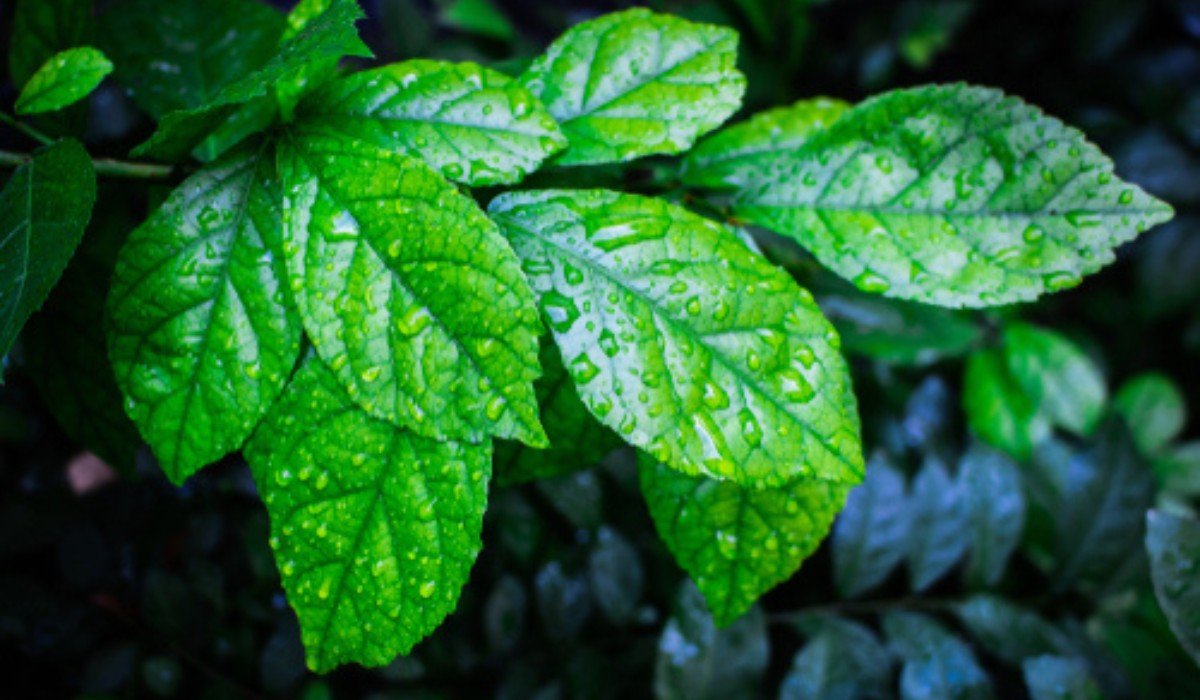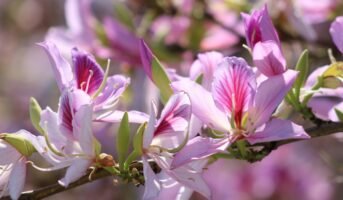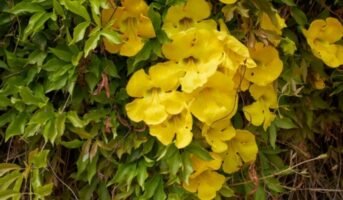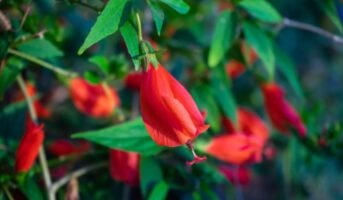The Streblus asper is a species of tree that is commonly referred to as the Siamese rough bush, khoi, serut, and toothbrush tree, amongst other names. Streblus asper is a small tree endemic to tropical countries such as India and Sri Lanka, the Philippines as well as Thailand.
In India, it is harvested in the Himalayas, from Himachal Pradesh to West Bengal, as well as on the hills and in the valleys of Assam and Tripura. It is also seen in the arid regions of India.
Various parts of this plant are used in Ayurveda and other traditional medicines to cure a variety of illnesses, including filariasis, toothache, diarrhoea, dysentery, and cancer.

Source: Pinterest
See also: All about Areca Palm
Streblus asper: Facts table
| Common name | Siamese rough bush, khoi, serut, toothbrush tree |
| Family | Moraceae (Mulberry family) |
| Native Region | India, Sri Lanka, Malaysia, the Philippines and Thailand |
| Habit | Evergreen Tree |
| Average Height | 12.00 m |
| Soil pH | Acidic to alkaline |
| Sun exposure | Mostly shade with partial sunlight |
| Maintenance | Easy |
Streblus asper: Physical features
- It is a little evergreen tree that is rather stiff and produces latex. It may grow up to 15 metres in height.
- Twigs have a hairy appearance and are knotted together.
- The bark is tough and ranges in colour from grey to greenish-grey. Leaves are simple, alternating, rhomboid, elliptic, acute or acuminate.
- It blooms during the months of January and March. Flowers have two separate male and female flowers. The heads of males are round, somewhat small, and have a yellowish-green colouration. Female flowers are often quite tiny and appear alone or in groups of two to four. In order to maximise the amount of fruit produced by dioecious plants, they should be planted with a female-to-male ratio of 3:1.
- During the months of April and May, the tree produces succulent big drupes. Drupes have a fleshy base.
- When they are ripe, the fruits have a single black seed and a golden colour.
- The seeds have a silky texture, a spherical shape, a greenish-white hue, and a low weight.
- It may typically be found along riverbanks in India’s drier regions, although it can be found wherever in India. Rainforests in the North Canara and Banavasi regions of Karnataka are good places to look for them.
- Plantations may be established on red loamy lateritic soils as well as clayey-loam soils.
- It is found naturally in arid regions up to 600 metres above sea level.
- When planting in the field, one-year-old rooted cuttings of hardwood are utilised as the plant material.
Streblus asper: How to grow
-
Land preparation and fertiliser application:
- The soil must be properly tilled and mowed to get a fine tilth. At 4-metre intervals, 45-centimetre-cubed holes are drilled. These are stuffed with a mix of topsoil and FYM or forest mulching. During the first year, it is optimal to apply 6-8 kg of FYM and 50:30:40 g of NPK per plant.
- It is advised to apply 75:40:40 g NPK per plant in the second year and 100:50:70 g NPK per plant in subsequent years. The complete amount of P, K, and 13 of the doses of N should be provided in September, and the remaining dose of N should be administered in two divided doses in February and June.
- The fertilisers must be administered in 30 cm-distance rings around the tree.
-
Irrigation Methods:
- Irrigation must be provided till the plants grow. Mature plants are drought-resistant and resistant to stress.
- Up to the point where the plants have been established, irrigation needs to be given. Plants that have been grown for a long time are drought-resistant and resilient.
- Under the right conditions, Streblus may be successfully cultivated as a rain-fed plantation crop in Bangalore.

Source: Pinterest
Streblus asper: Maintenance tips
-
Planting and optimal spacing:
One-year-old planted hardwood saplings are sown at a 4m × 4m distance in the field area.
-
Weed control:
Between the months of December and May, physical weeding between the rows is advised.
-
Pest control:
The plant is resistant to disease, with the exception of powdery mildew under waterlogged circumstances.
-
Crop maturity and harvesting:
After 5 years, useful portions like leaves, fruit, and bark can be obtained.
Streblus asper: Uses
Medicinal
- Patients suffering from elephantiasis may be given the root to treat their condition.
- The root is applied to unwanted ulcers and sinuses and is used as a snakebite antidote, in epilepsy, and for weight loss.
- The stem is used for toothache, while stem bark is used for fever, loose stools, diarrhoea, stomach discomfort, urinary complaints, piles, oedema, and wounds.
Commercial
- The tree has several applications. It has been essential to the Thai papermaking industry for over 700 years.
- Almost all of the surviving old Thai records are inscribed on the bark of this tree. In Thailand, khoi books refer to Buddhist literature and governmental documents dating before the twentieth century.
- The paper is resilient even in the local climate’s high humidity. It is resistant to flammability, yellowing, and insect infestation. Today, various fibre sources are utilised to generate paper, and khoi fibres are largely employed by artists who manufacture paper using conventional methods.
- Traditional Vietnamese woodworking employs the abrasive texture of leaves as homemade sandpaper.
FAQs
What are some edible uses of the plant?
Tea is made from an infusion of the leaves, which is then consumed.
Can the plant be used for treating menstrual problems?
Yes. In Bangladesh, the Marma tribe has utilised the root juice of Streblus asper to cure menstrual irregularities and to encourage delayed menstruation.
Housing News Desk is the news desk of leading online real estate portal, Housing.com. Housing News Desk focuses on a variety of topics such as real estate laws, taxes, current news, property trends, home loans, rentals, décor, green homes, home improvement, etc. The main objective of the news desk, is to cover the real estate sector from the perspective of providing information that is useful to the end-user.
Facebook: https://www.facebook.com/housing.com/
Twitter: https://twitter.com/Housing
Email: [email protected]











